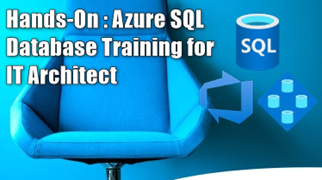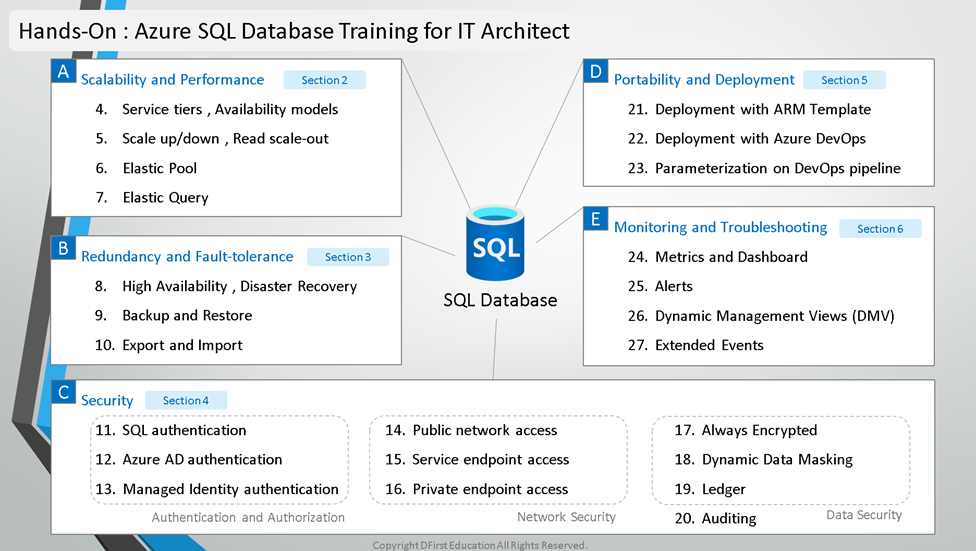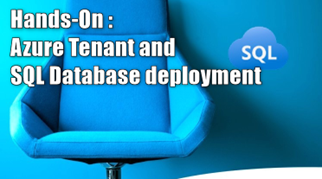Finding By Self
powered by DFirst EducationClear understanding of how to create an AWS account, enable MFA for added security, and manage MFA settings for your AWS resources.
OpenAI website
https://openai.com/
Sample code used in the demo
pip install openai
import openai
import json
import datetime
d = datetime.datetime.now()
f = '%Y%m%d%H%M%S'
strdatetime = d.strftime(f)
file_name = "history_" + strdatetime + ".json"
model_engine = "gpt-3.5-turbo"
openai.api_key = "******************************************" # Please replace with a secret key.
messages = []
open(file_name, "w")
while True:
user_input = input("\nuser: ")
if user_input == "quit":
break
user_message = {"role": "user", "content": user_input}
messages.append(user_message)
with open(file_name, "a") as f:
f.write(json.dumps(user_message, ensure_ascii=False) + "\n")
print("ChatGPT: ")
response = openai.ChatCompletion.create(
model=model_engine,
messages=messages,
)
chat_response = response["choices"][0]["message"]["content"].strip()
chat_message = {"role": "assistant", "content": chat_response}
messages.append(chat_message)
with open(file_name, "a") as f:
f.write(json.dumps(chat_message, ensure_ascii=False) + "\n")
print(chat_response)
Setting up Python development environment with Anaconda and Visual Studio Code
Wednesday , 28, June 2023 Other topics# Download website
- https://www.anaconda.com/
- https://code.visualstudio.com/
# Confirmation of python version
python --version
# List of virtual env
conda info -e
# Creating virtual env
conda create -n py3.10.9 --clone base
# Virtual env activation and deactivation
activate py3.10.9
deactivate
# Initializing powershell
conda init powershell
# Setting for powershell
Set-ExecutionPolicy RemoteSigned
# Sample code of python
import numpy as np
list_1 = [[[1, 2], [3, 4], [5, 6]], [[7, 8], [9, 10], [11, 12]]]
arr_1 = np.array(list_1)
print(arr_1)
print(format(arr_1.shape))
Udemy course released: Hands-On : Azure SQL Database Training for IT Architect
Saturday , 17, June 2023 Microsoft Azure
Udemy course "Hands-On : Azure SQL Database Training for IT Architect" has been released.
https://www.udemy.com/course/hands-on-azure-sql-database-training-for-it-architect/
Table of contents:

Section1. Introduction
1. What is Azure SQL Database?
2. Preparation for using Microsoft Azure
3. Learning contents of the course
4. Service tiers and Availability models
Section2. A. Performance and Scalability
5. Scale-up and Read scale-out
6. Elastic pool
7. Elastic query
Section3. B. Redundancy and Fault-tolerance
8. High Availability and Disaster Recovery
9. Backup and Restore
10. Export and Import
Section4. C. Security
11. SQL authentication
12. Azure AD authentication
13. Managed Identity authentication
14. Public network access
15. Service endpoint access
16. Private endpoint access
17. Always Encrypted
18. Dynamic Data Masking
19. Ledger
20. Auditing
Section5. D. Portability and Deployment
21. Deployment with ARM Template
22. Deployment with Azure DevOps
23. Parameterization on DevOps pipeline using Azure Key Vault
Section6. E. Monitoring and Troubleshooting
24. Metrics and Dashboard
25. Alerts
26. Dynamic Management Views (DMV)
27. Extended Events
Sample lecture
23. Parameterization on DevOps pipeline using Azure Key Vault
In this demo, Azure DevOps pipeline's variable group and Key vault to mask login name and password in ARM template json files.
Sample codes used in the lecture
# Please input the commands to "Arguments".
-sqladmLogin "$(sqladmLogin)" -sqladmLoginPwd "$(sqladmLoginPwd)" -aadadmLogin "$(aadadmLogin)" -aadadmLoginSid "$(aadadmLoginSid)"
# Please input the commands to "Inline Script".
Param(
[string]$sqladmLogin,
[string]$sqladmLoginPwd,
[string]$aadadmLogin,
[string]$aadadmLoginSid
)
Write-Host "##vso[task.setvariable variable=sqladmLogin]$sqladmLogin"
Write-Host "##vso[task.setvariable variable=sqladmLoginPwd]$sqladmLoginPwd"
Write-Host "##vso[task.setvariable variable=aadadmLogin]$aadadmLogin"
Write-Host "##vso[task.setvariable variable=aadadmLoginSid]$aadadmLoginSid"
# Please input the commands to "Override template parameters".
-administratorLogin $(sqladmLogin) -administratorLoginPassword $(sqladmLoginPwd) -administrators {"login": "$(aadadmLogin)", "sid": "$(aadadmLoginSid)"}
Training Released: Hands-On Azure Tenant and SQL Database deployment
Friday , 16, June 2023 Microsoft Azure
"Hands-On Azure Tenant and SQL Database deployment" has been released. Scripts and codes can be downloaded in the Udemy course.
https://www.udemy.com/course/hands-on-azure-tenant-and-sql-database-deployment/
Table of contents:
1.What is Azure SQL Database?
2.Preparation for using Microsoft Azure
3.Deployment of Azure SQL Database
4.Preparation of Database Client, Management Studio
5.Connecting to Azure SQL Database by using Management Studio
6.Creating sample tables and Inserting data
Learning items:
- Creating Azure Tenant and Subscription
- Creating Azure SQL Server and SQL Database
- Installation of SQL Server Management Studio
- Setting firewall of Azure SQL Server to connect to Azure SQL Database
- Connecting to Azure SQL Database by using Management Studio
- Executing sample queries based on CRUD
1.What is Azure SQL Database?
3.Deployment of Azure SQL Database
4.Preparation of Database Client, Management Studio
5.Connecting to Azure SQL Database by using Management Studio
6.Creating sample tables and Inserting data